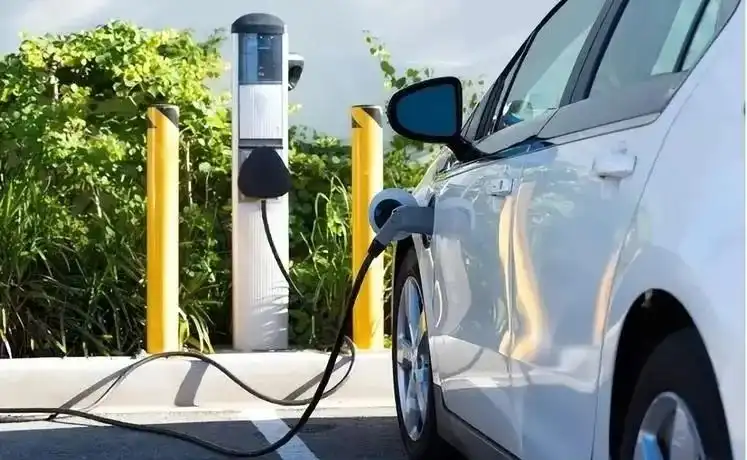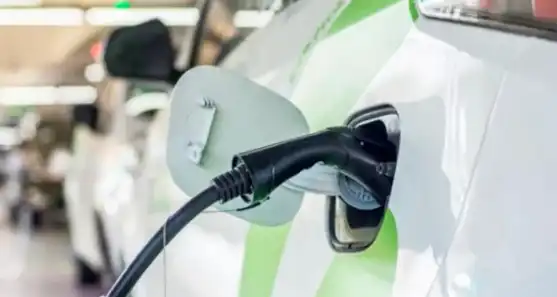Relax exhaust emissions:"Decoupling" electrification, a new game for the U.S. auto industry
The United States has postponed exhaust gas restrictions and relaxed fuel economy standards.

In late March, the U.S. Department of Energy and the Environmental Protection Agency released new standards related to the automotive industry. Among them, the U.S. Department of Energy announced the relaxation of average fuel economy standards, allowing automakers to no longer focus on mass production of pure electric vehicles, slowing down the pace of electrification of automobiles. However, the "2027-2032 Exhaust Emission Standards for Passenger Cars, Light Trucks and Medium Vehicles" announced by the US Environmental Protection Agency does not give more attention to the electrification transformation of automobiles, whether in terms of emission restriction target time or encouraging the adoption of models. Encourage and support.
Final version of exhaust emission standards is "discounted"
The U.S. Environmental Protection Agency claims that the newly announced emission standards are expected to help the industry reduce 7.2 billion tons of carbon dioxide emissions by 2055, approximately four times the total emissions of the U.S. transportation sector in 2021. At the same time, it will also bring a series of public health benefits, fuel cost reduction benefits, etc.
然而,Compared with previously proposed standards, the final standard does not seem to have given impetus to the electrification of automobiles in the United States. 。其中,原计划2027年开始对汽车排放实施更严苛的监管标准,但最终推迟至2030年实施;原计划2030年完成的将尾气排放上限标准收紧至85克/英里的目标,最终推迟至2032年完成;原计划大幅提高纯电动汽车占有率,但最终选择允许汽车制造商生产各种清洁车型,包括更清洁的燃油车、混合动力汽车等。
Obviously, the final version of the standard released by the U.S. Environmental Protection Agency does not impose rigid regulations on specific vehicle models, but only sets overall emission reduction requirements for automakers, which means that existing vehicles can continue to be produced as long as enough clean models can be provided. Large emission vehicles.
In addition, the requirements for the adoption of electric vehicles have also been significantly reduced. No specific proportion requirements have been set for automakers, nor has there been a clear timetable for banning the sale of fuel vehicles. According to previous plans, by 2032, about 67% of the vehicles produced by automakers in the United States must be electric, but this proportion has been reduced to 50% under final standards.
Automobile electrification becomes a new focus of bipartisan game
As the election in November this year approaches, the game between the two parties in the United States has become increasingly fierce, and they are currently concentrating their firepower in industrial states such as Michigan, Wisconsin, and Pennsylvania. Traditional industries in these states have always been worried that the electrification transformation will threaten the traditional automobile manufacturing industry, and automobile electrification has become a new starting point for canvassing in the U.S. election.
It is worth mentioning that the United Automobile Workers recently publicly expressed support for Biden's re-election, and the organization has been concerned about the rapid promotion of electric vehicles.

The U.S. auto industry believes that the U.S. government should propose more reasonable goals for transportation electrification. A survey by the international economic and climate think tank Impact Map found that U.S. automakers generally advocate achieving 40% to 50% electrification targets by 2030, which is lower than the 60% originally proposed by the U.S. Environmental Protection Agency.
The Financial Times pointed out that the U.S. oil and gas industry and automobile industry have been working hard to lobby the government to slow down the process of automobile electrification as much as possible, calling on the government to give certain "care" to the fossil fuel and traditional automobile industries.
"The pace of electrification transformation is very important." John Bozzella, president and CEO of the American Alliance for Automotive Innovation, said,"Slowing down the adoption of electric vehicles between 2027 and 2030 is the right choice because we need to give the demand side and supply chain more breathing room."
Political pressure drags down environmental protection
American public opinion believes that as the election approaches, the automobile industry, oil industry, and trade unions are all exerting pressure on the two parties. These pressures will ultimately be reflected in policies and regulations, and will not be conducive to the electrification transformation of the U.S. automobile industry, and will even further delay the popularization of electric vehicles in the United States.
Currently, sales growth of electric vehicles in the United States has slowed significantly, due to reasons such as the fact that prices are still more expensive than fuel vehicles, range anxiety issues, higher insurance premiums, and backward charging infrastructure and networks. American automakers such as Ford Motor, General Motors, and Tesla have all begun to suspend plans to expand electric vehicle production capacity.
According to Cox data, the largest car trading platform in the United States, electric vehicles accounted for less than 8% of total car sales in the United States last year.
The United Automobile Workers has previously warned that "unrealistic" demands should not be made for the popularization of electric vehicles.
有分析指出,The slowdown in car electrification exposes the United States 'compromising attitude and customary pragmatism on environmental issues 。美国自然资源保护委员会行动基金主席曼尼什·巴普纳表示:“我们需要建立一个不可阻挡的、向更清洁汽车转型的模式,这才是制定法规和标准的目的所在。”
